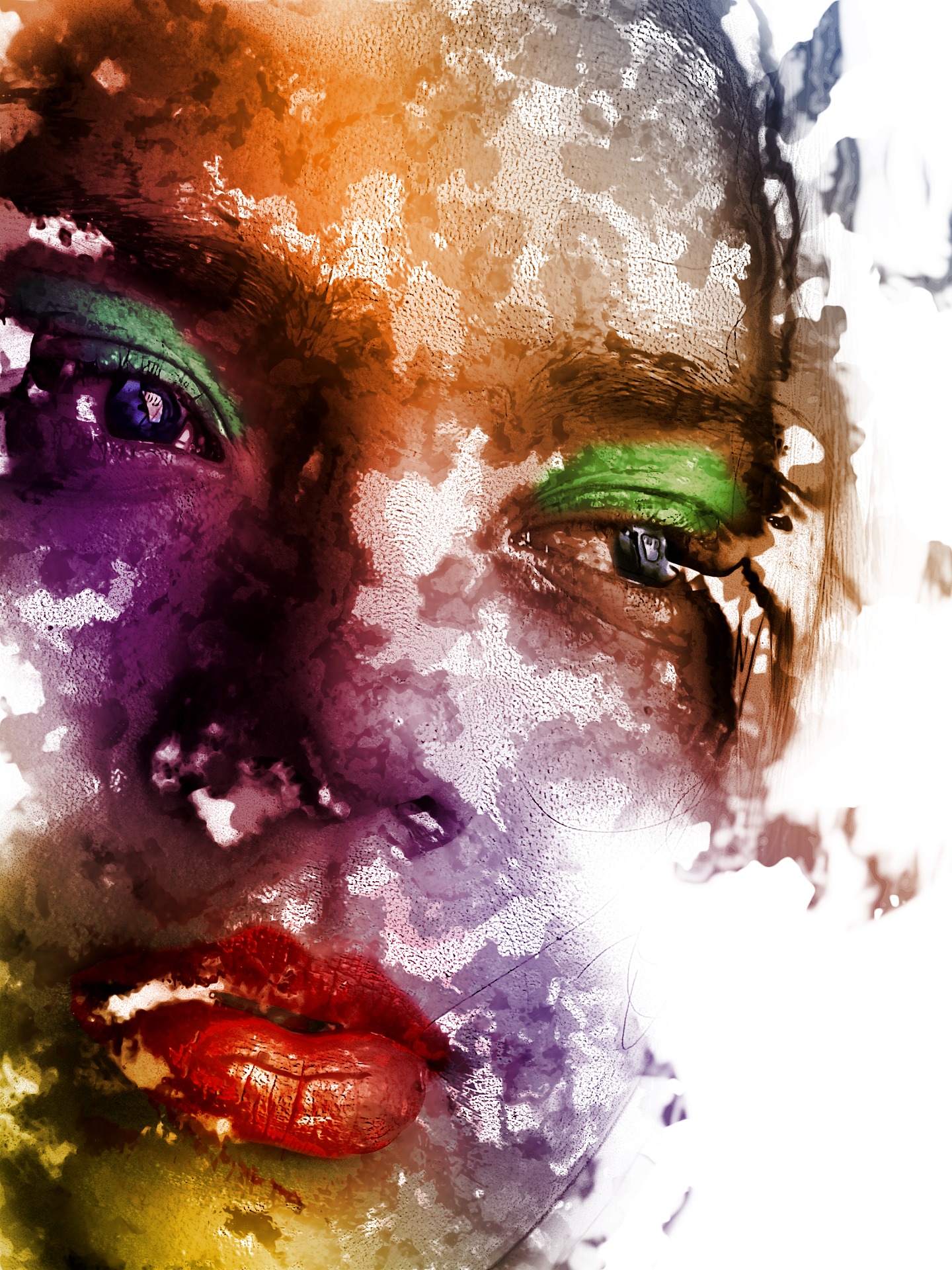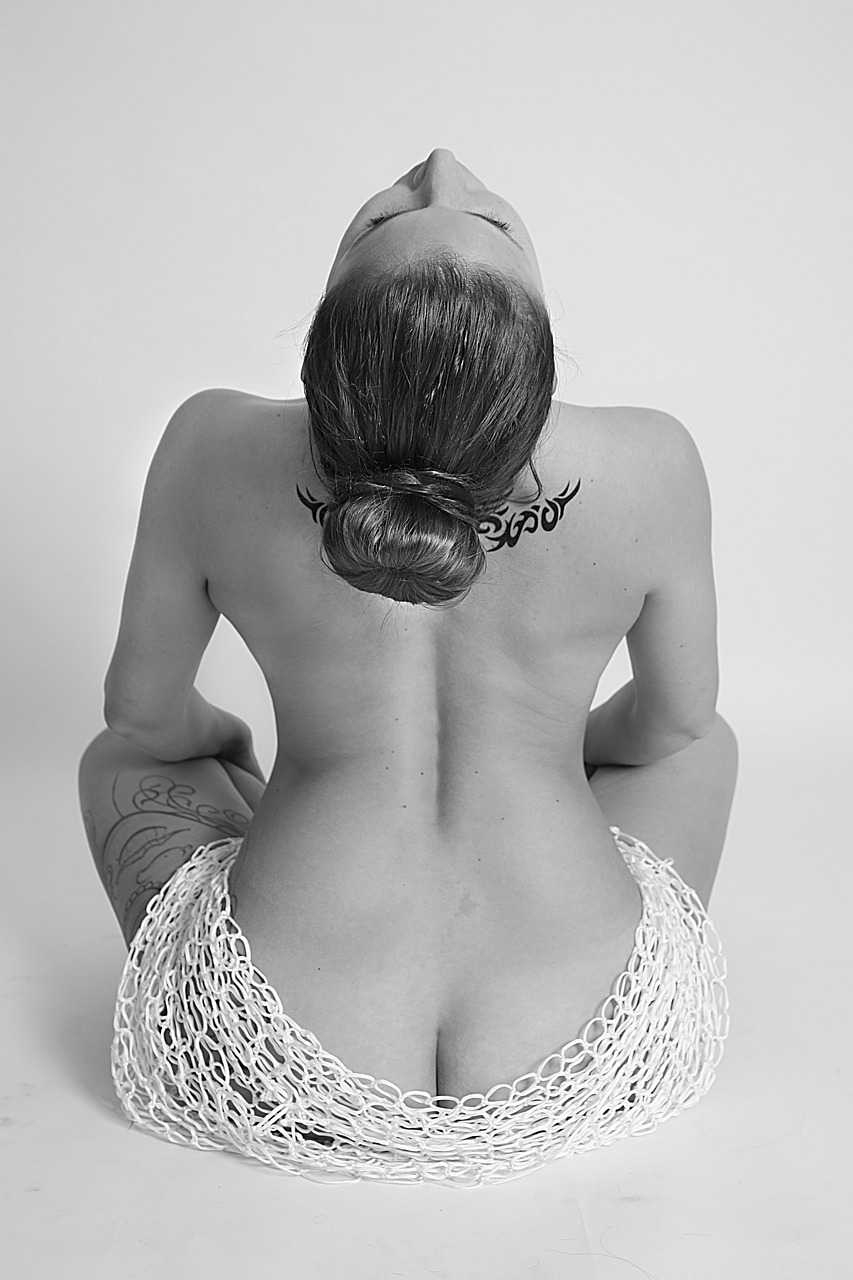Healing the Divine Feminine with a Taoist approach involves many crossover techniques but an understanding of yin energy is essential. The Divine feminine, often associated with yin energy in Taoist philosophy, represents the receptive, nurturing, intuitive, and creative force in the universe. It is the complementary opposite of the Divine masculine (yang), yet both are interdependent and necessary for harmony. It is the interplay and opposing pull of each that creates the oneness that the Sacred Union exemplifies.
Core Qualities of the Divine Feminine (Yin)
- Receptivity– Like the moon reflecting the sun’s light, the feminine receives, holds, and transforms energy without force. This is very Taoist.
- Nurturing & Compassion– It embodies unconditional love, care, and the ability to sustain life (physically, emotionally, and spiritually).
- Intuition & Wisdom– The feminine knows through feeling, instinct, and deep inner knowing rather than pure logic.
- Creativity & Flow– It is the womb of creation—birthing ideas, art, and life itself—through cycles and organic unfolding.
- Surrender & Trust– Unlike the masculine’s goal-oriented drive, and mission need, the feminine thrives in surrender to the natural rhythms of existence.
- Embodiment & Sensuality– Fully expressed, the divine feminine is deeply connected to the body, the Earth, and the sacredness of pleasure.
- Darkness & Mystery– Yin embraces the unseen—the shadow, the subconscious, and the transformative power of dissolution (like winter before spring).
If one looks at some of society’s deeper issues currently faced, it can be seen that many women are not embracing these qualities, or in many cases not enabled to embrace these qualities. By the same token, we can see that our mainly male politicians, far from embracing one of the prime Divine masculine qualities of protection, are putting our women at risk through unregulated immigration.
Fully Expressed Divine Feminine
When the divine feminine is fully embodied, it is:
- Balanced (not weak or passive)– True yin is powerful in its softness, like water that carves mountains over time.
- In Harmony with Yang– It does not dominate or reject the masculine but flows with it, creating wholeness.
- Wild & Free– It is untamed in its authenticity, like nature—sometimes gentle, sometimes fierce (e.g., Kali, the Dark Mother).
- Sacred in Everyday Life– It sees the Divine in the mundane—motherhood, cooking, dancing, grieving, and loving.
Symbols & Manifestations
- Goddesses: Isis (Egypt), Kuan Yin (Buddhism), Lakshmi (Hinduism), Mary (Christianity), Pele (Hawaiian).
- Nature: The moon, oceans, caves, and the fertile Earth.
- Archetypes: The Mother, the Wise Woman, the Lover, the Mystic.
Healing the Divine Feminine
Many traditions believe the modern world has suppressed the Divine feminine, leading to imbalance (exploitation, disconnection from nature, emotional repression). Restoring it involves:
- Honouring cycles (menstrual, lunar, seasonal).
- Valuing intuition and emotional intelligence.
- Reclaiming the sacredness of the body and sexuality.
- Cultivating community and collaboration over domination.
Wonderful! Healing the Divine feminine (yin) has profound implications for personal growth, spirituality, and relationships—especially in a world that often overvalues yang (doing, achieving, controlling). Let’s explore how embodying this energy can bring deep transformation. It appears that the Divine feminine has the qualities that are most useful and necessary for navigating a technocratic world. So, what has driven them to want to be more like men?
1. Personal Growth: Embodying the Divine Feminine
Challenge: Modern culture often rewards constant action and goal orientation (yang), leaving many feeling burned out, disconnected from their bodies, or ashamed of “soft” qualities like rest, emotion, or intuition.
How to Cultivate Yin Energy:
- Honour Your Cycles– Track your energy (physical, emotional, creative) like the moon’s phases. Rest during your “winter” (low-energy days). Reframe: don’t see it as a weakness.
- Practice Receptivity– Try listening more than speaking, receiving help instead of only giving, and allowing life to unfold without forcing.
- Trust Intuition– Before making decisions, pause and ask: What does my gut say? (Journaling, meditation, and time in nature strengthen this.)
- Embrace Sensuality– Move, dance, bathe, or eat mindfully—not for appearance but for the joy of being in a body.
- Release Perfectionism– The feminine thrives in organic growth, not rigid control. Allow mistakes, messy creativity, and spontaneous expression.
- Deliberate Harmonisation – Seek for harmony in relationships rather than testing and challenging. Accepting gender difference is an act of harmony.
Shadow Work: The wounded feminine shows up as people-pleasing, self-abandonment, or manipulative passivity. Healing the Divine feminine comes through boundaries, self-love, and reclaiming personal power without adopting harsh yang energy. Don’t become toxic! This new label is being bandied about willy-nilly these days but, toxic femininity is perhaps a bigger problem because a generation or two of women have been raised on an entitlement platform – when the pendulum of feminism with the aid of neo-liberalism has swung too far.
2. Spirituality: The Feminine Path to the Sacred
Challenge: Many spiritual traditions emphasize transcendence (escaping the body/earth), but the Divine feminine embodies spirituality—finding God/Goddess in the flesh, emotions, and nature. Look for males who value deeper connection, tantric sex, mystical practices and ascension.
Practices to Deepen Feminine Spirituality:
- Earth-Based Rituals– Work with seasons, moon cycles, or sacred plants. (Example: New Moon = setting intentions, Full Moon = release.)
- Devotional Practices– Singing, dancing, or creating art as prayer (e.g., like Sufi whirling or Hindu bhajans).
- Dark Goddess Work– Explore Kali, Lilith, or Hecate to embrace shadow, death/rebirth, and fierce liberation.
- Womb/Hara Wisdom– For those with wombs, practices like womb meditation or yoni steaming reconnect with creative life force. (All genders can tap into “hara,” or “tan tien” – the energetic centre below the navel.)
- Dreamwork & Symbols– The feminine speaks in dreams, synchronicities, and metaphors. Keep a dream journal.
Key Insight: Feminine spirituality isn’t about reaching “enlightenment” but being fully human—vulnerable, embodied, and in awe of mystery. Being attached rather than detached, trusting rather than doubting.
3. Relationships: The Dance of Feminine & Masculine
Note: These dynamics apply to all relationships (romantic, friendships, family), regardless of gender. Everyone holds both yin and yang.
Healthy Feminine Expression in Relationships:
- Attraction of Opposites– A yang-dominant person (goal-oriented, logical) often balances a yin partner (emotionally deep, nurturing), and vice versa.
- Feminine Magnetism– When in her full power, the feminine draws in rather than chases (like the moon pulling the tide). This means focusing on being (joyful, fulfilled) rather than doing (manipulating outcomes).
- Sacred Vulnerability– The feminine loves deeply but needs strong boundaries to avoid co-dependency. Practice: “I open my heart, but I don’t abandon myself.”
Healing Collective Wounds:
- For “Over-Givers”– The wounded feminine gives endlessly until resentful. Remedy: Receive first (self-love), then give from overflow.
- For “Emotionally Closed”– The wounded masculine fears “soft” feelings. Remedy: Safe spaces to express tenderness (e.g., men’s circles, therapy).
- Sacred Union– The highest goal isn’t dependency but two whole people choosing each other, yin and yang in dynamic balance.
A Simple Daily Practice
Try this to reconnect with yin energy:
- Morning– Place a hand on your womb/hara, breathe deeply, and ask: What do I need today?
- Evening– Light a candle and incense, journal: Where did I resist flow today? Where did I trust?
Final Thought
The Divine feminine isn’t only about gender—it’s a universal force. Embodying it means honouring the quiet power of being, the courage of vulnerability, and the creativity that arises when we stop forcing and start allowing.
Concluding that, because men are paid more or are in more positions of power, one must be more like men, is an erroneous conclusion. The power of the Divine feminine is almost limitless where the power of the Divine masculine, if not managed correctly, will run out. It is noticed in many societies that the men die before the women. True, men’s physical power means they can assert a level of control or dominance, and in extreme cases physical abuse over women, but this is more often from men that feel powerless intellectually or emotionally – who haven’t dealt with their unresolved traumas. Men have a lot to answer for. But, sadly now, women, in revenge mode, empowered by misconstrued liberalisation, are doing their share of damage to social cohesion.
Ultimate harmonisation is achieved when the feminine uses her power to nurture her partner, who will protect and support her without question – and when the masculine acknowledges, respects and frees the wild, dark and powerful sensuousness that the Divine Feminine offers.
We don’t have to understand each other to respect each other, but healing the Divine feminine seems to be the most important endeavour because it is the feminine that has suffered most in man’s advancement, and therefore has lost most of their power. Revenge, spite, anger, emotional abuse are low vibration positions for the majestic Divine feminine to take. Neither is blind entitlement. The Divine feminine is the mother of all things, the power behind mankind – healing the Divine feminine should be our most fundamentally vital task to ensure a harmonised world, and ensure a peaceful future.





